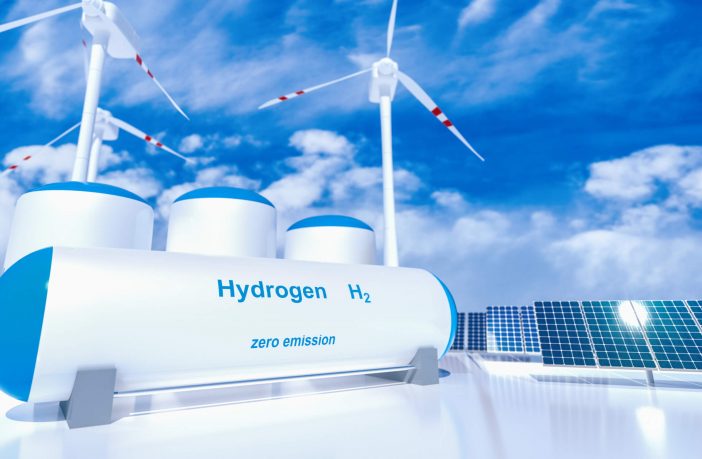- The hydrogen boom is well underway, but not all hydrogen is created equal. A spectrum of hydrogen colours are in play – but the real gamechanger for the energy transition will come when low-carbon green hydrogen costs become competitive in major markets.
New research from Wood Mackenzie, a Verisk business (Nasdaq:VRSK) explores the economics of green, grey, brown and blue hydrogen, finding that while green hydrogen has some catching up to do, the project pipeline is gathering pace.
Bridget van Dorsten, a research analyst on Wood Mackenzie’s hydrogen research team, said: “Green hydrogen – hydrogen created from the electrolysis of water using renewable energy – has a tiny share of the global energy market today.
“It is currently still largely uncompetitive against fossil-fuelled alternatives. However, the momentum behind net zero ambitions means that investors are betting on its long-term potential.”
The hydrogen project pipeline has grown seven-fold since December 2020.
Related news: Namibia Announces Preferred Bidder in USD 9.4 Billion Green Hydrogen Project
Wood Mackenzie is tracking more than 560 low-carbon projects with a minimum of 180 GW total electrolyser capacity designation. Most projects are still at early development stage, with the bulk of new projects advanced through Q2 this year.
Van Dorsten said: “Until 2019, global estimated electrolyser manufacturing capacity was just 200 MW. By the midway point of 2021 that had jumped to 6.3 GW of announced capacity, with 1.3 GW added in Q1 alone.
“Now, as we reach the end of Q4, electrolyser manufacturers are dramatically expanding plans for gigawatt-scale factories.
“In recent weeks, Ohmium, Clean Power Hydrogen, Green Hydrogen Systems, Sunfire and FFI have all announced large-scale factories, joining Cummins, Haldor Topsoe, ITM, Nel, McPhy, Siemens, Thyssenkrupp and Plug Power.”
WoodMac expects a significant drop in electrolyser capex by 2025. Costs are being driven down by a range of factors, including economies of scale, new entrants to the market, greater automation and increased modularity.
Van Dorsten said that cost drivers differ for different electrolyser types. Reductions for solid oxide electrolysers are set to be the most dramatic in the next six to eight years; but alkaline and polymer electrolyser membrane costs are forecast to fall between 35% and 50% by 2025.
“Capex reduction will help drive down the levelised cost of hydrogen production. Combined with cheap renewable PPAs and good renewable utilisation in many markets, the potential for competitive green electrolysis-based hydrogen really starts to grow,” she added.
At the same time, as the world adjusts to high commodity prices while demand bounces back from Covid-19 lows, the economics of blue, grey and brown hydrogen have become less favourable than they were a year ago. However, van Dorsten pointed out that blue hydrogen – which pairs natural gas reforming with carbon capture and storage (CCS) – is expanding on the back of a rapidly increasing project pipeline for CCS projects linked to hydrogen.
“This combination of forces means that we believe green hydrogen will be competitive in 12 markets – those with the highest utilisation rates and lowest renewable electricity prices – by 2030,” she said.
“Brazil and Chile are amongst the front-runners of harnessing cheap renewables to produce green hydrogen off-grid. And by 2050, 20 of the 24 countries in our analysis see very competitive green hydrogen costs.”
Author: Bryan Groenendaal
Source: Woodmac











